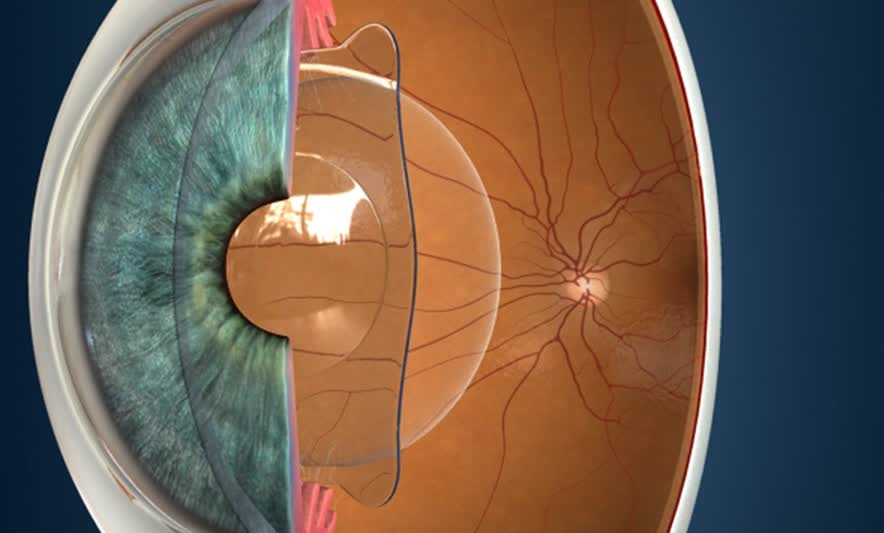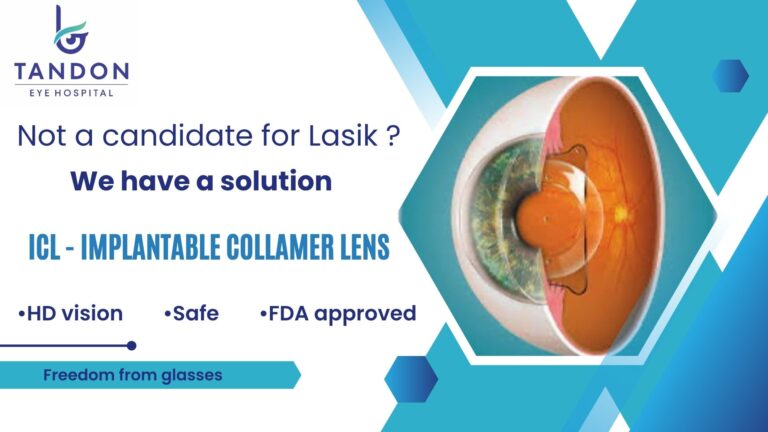Implantable Contact Lens surgery in Andheri , Mumbai
- Home
- Treatments
- Implantable Contact Lens
Implantable Contact Lens

Implantable Contact Lens:
Implantable Collamer Lenses (ICL) are micro-thin lenses placed inside the eye to correct short-sightedness (myopia), far-sightedness (hyperopia) and astigmatism. The procedure can be reversed and can be used to treat a high range of correction needs – beyond what is possible with laser eye surgery.
For those with thin or abnormal corneas, Keratoconus and dry eye, this is an excellent alternative to laser eye surgery. Implantable Collagen (Collamer) Lenses (ICL) have been in regular use at TandonEye Hospital since 2005 , with over 1,000,000 procedures performed worldwide.

FAQ
Frequently Ask Questions.
Learn more about eye operation, treatment, and best eye surgery in Mumbai, India.
Micro-thin implant as an alternative or for those not suitable for laser vision correction:
ICL surgery is suitable for those who have –
- Shortsightedness from -0.50 to -20.00
- Farsightedness from +0.50 to +10.00
- Astigmatism from 0.50 to 6.00
- Aged between 21 and 60 years old
“Additive” surgery – so can be reversed
Positioned behind the iris and in front of the natural lens
20+ year track record
Over 800,000 implanted worldwide
Useful in Keratoconus and dry eye where laser eye surgery is contraindicated
- The ICL is used for vision correction for shortsightedness (myopia) from -0.50 to -20.00 D and
farsightedness (Hyperopia) from +0.50D to +10.00D. Toric ICL implants correct astigmatism from
0.5D to 6.00D.The ICL can be used as an alternative to Lasik Laser eye surgery and has the advantage
of being “Additive” and can therefore be reversed. The levels that can safely be corrected are much
higher than Laser eye surgery.
ICL surgery is a good option for those with Dry eye, Keratoconus, those who have thin corneas or
abnormally shaped corneas including those who have had corneal transplants.
Suitability for ICL surgery is best determined at consultation where a thorough eye examination
backed up with specific tests and measurements of eye dimensions. Generally the procedure is
suitable for those with a stable prescription who are shortsighted from -0.50 to -20, farsightedness
from +0.50 to +10.00, with astigmatism from 0.50 to 6.00D in those aged between 21 and 60 years
old.


